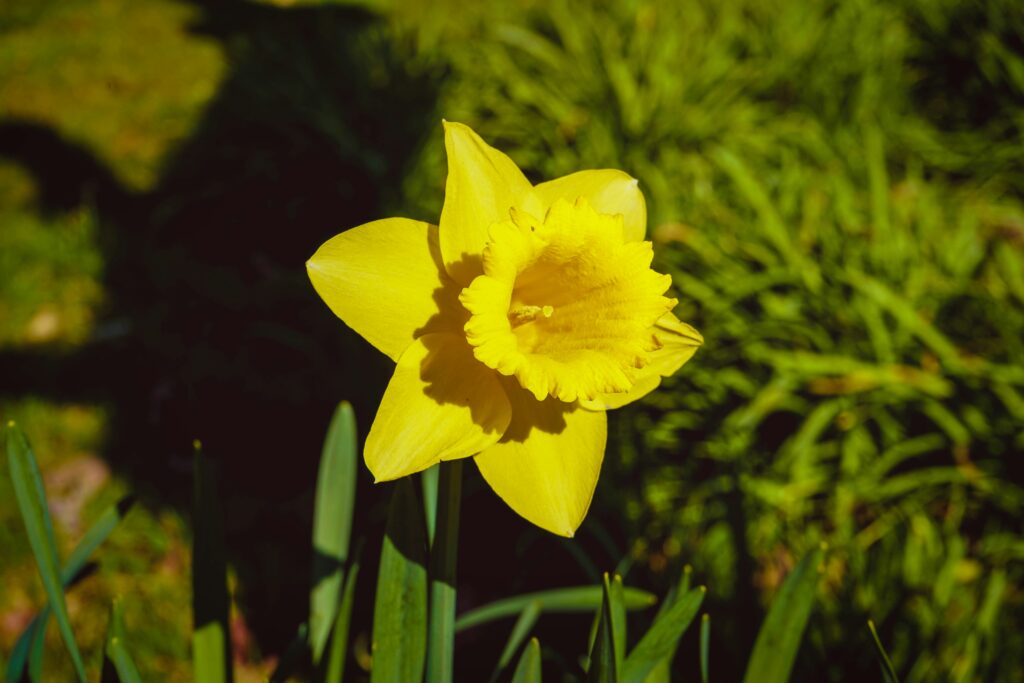John Osmond finds much to praise in Marc Evans’ new film that reflects our continuing fascination with Y Wladfa
I’ve never been to South America and, until now had little desire to travel there. Then, a few days ago I went to see Marc Evans’ new film Patagonia, and was hooked. There’s something evocatively compelling about the landscape which plainly is one of the stars of the film. Set against it is the Welsh landscape as well. In place of a plot is two drifting road movies, one in Wales and the other in Chubut that play against each other like the complementary contrapuntal melodies of a Bach composition.
If that sounds elegiac, it’s meant to be. For here was one of the few Welsh-made, Welsh-based feature films of recent times that I’ve really enjoyed. Most previous home-grown attempts at contemporary feature film-making that I’ve seen have been dark and pessimistic, exploring the seamier side of the Valleys and an urban, drug-obsessed existence. Here was something more celebratory that, for once, appreciates the present moment, affirming that in a very real sense life is but a series of presences. We spend too much time living in the past or the future and fail to take the moment, the now, for what it is.
The languages are in Welsh and Spanish, with English sub-titles that hardly intrude. The words and also the lively musical soundtrack give the landscapes and the characters a feel of cosmopolitan optimism, although the interweaving plots are not in truth that optimistic. At the Patagonian end of things we have a photographer on a trip to take atmospheric shots of chapels in the desert. He’s accompanied by his girlfriend (Nia Roberts) who eventually succumbs to the charms of their driver and guide (Matthew Rhys).
Both her past and her future seem paralysed. At the opening of the film we see her in her job as an attendant at St Fagans, dressed in Welsh costume outside one of its rural cottages brushing imaginary rubbish with a witches broom. In Argentina she is oppressed by the knowledge that she is unable to bear children. Escape is found in the desert landscape, the clarity of the air and the immediacy of the stars at night. At the end she is heading for the high Andes where the stars can be viewed with an even greater intensity.
Set against the exotic Patagonian desert with the high, ice-tipped Andean mountains in the distance, the Welsh landscape feels familiarly tame to begin with. However, as the Welsh side of the journey progresses we begin to appreciate it more. One of the film’s great strengths is that we are made to see it anew, through the eyes of two strangers from faraway Patagonia. One, an elderly woman, the daughter of one of the original settlers, is returning to find her roots in her grandfather’s north Wales farm, which turns out to be sunk below Trywyern. Her journey, with a youthful male companion, a neighbour sent to guide her (she is partially blind) becomes comical. It is truly weird to see this couple in a coach crossing the Severn Bridge, and winding up in Aberystwyth en route to the far north. There are some great lines in the script, too. Sitting on a bench overlooking Aberysytwyth’s shoreline the woman remarks, “For a small country its very difficult to get around.”
After a number of adventures, not least with her travelling companion bumping into Duffy in a nightclub, and then coincidentally again, at a campsite with tipis overlooking Llyn Tryweryn (with predictable consequences), she finds her farm. “How will you know it’s the one,” he asks. “I’ll know,” she replies. Having felt the pull of hiraeth, she finds the grave-stone of her grandfather, traces the name with her fingers, and dies near the Tryweryn shoreline. Her companion and new girlfriend (Duffy) arrange for her to be cremated in an old dinghy on the lake, in a Wagnerian episode that somehow chimes with the epic character of Wales’ 19th Century Patagonian adventure.
The saga is proving a relentless inspiration for our dramatists. In late June National Theatre Wales will be present The Spirit of the Mimosa which is aimed at a younger audience (7+) and will be taken to more than 40 schools. In September the National Youth Theatre of Wales will be presenting Patagonia, a new play directed by Tim Baker, and touring to Aberystwyth, Mold and Cardiff. As the advance publicity has it, “Using both historical and contemporary material, and the languages of Wales and Patagonia, National Youth Theatre of Wales 2011 casts a new perspective on old ties through an exciting combination of physical theatre, music, sound-scape, and new media.” Sounds familiar?
The saga is being played out in real life as well. In 1965 we celebrated the 100th anniversary of the first expedition to Y Wladfa which did much to revive interest in the Welsh connection there, including the founding of some Welsh-medium primary schools. This has been sustained in a multitude of ways, some recounted in a special feature we’ll be publishing in the Summer 2011 issue of the IWA’s journal Agenda next month. Relations were formalised in March 2007 when Rhodri Morgan signed a Memorandum of Understanding between the Welsh Government and Chubut Province. And the 150th anniversary beckons, in 2015. Patagonia continues to live in Wales, not just in our artistic imaginations, but in reality as well. I must go there one of these days.






